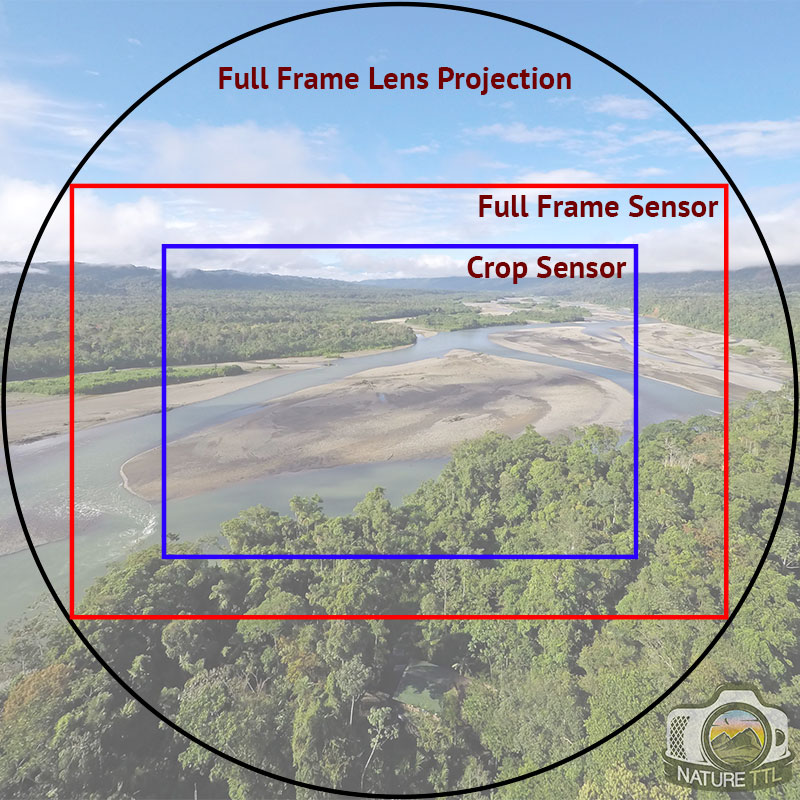

Samsung has recently announced a 200-megapixel cell phone camera sensor. Unfortunately, most of us fall victim to counting megapixels rather than considering the pixel’s size and the sensor’s size. Hence, the images produced by sensors with smaller pixels tend to be noisier and have less dynamic range, especially in low light situations. They are less light-sensitive because of their reduced size, and the relative fluctuation of light they gather over time can be significant. When you do the math, you will find out that the EOS R’s pixels are 5.36µm while the EOS M50 measure only 3.72µm.Įven though smaller pixels give more detail, they have some drawbacks. The smaller the pixels, the higher the resolution. So apparently, the resolution depends not only on the size of the sensor but also on the size of its pixels.


On the other hand, sensors with the same dimensions may have different resolutions. Sometimes cameras with a smaller sensor can even have higher resolution than ones with larger sensors. The EOS M × 4000 pixels or roughly 24 megapixels. For example, the EOS R full-frame sensor has a resolution of 6720 × 4480, approximately 30 megapixels. The resolution is usually measured in megapixels (millions of pixels). The number of active pixels on a camera sensor determines its spatial resolution. So here, I will give you a quick basic and simplified overview of its contribution to the crop factor topic.Įvery sensor is covered with millions of light cavities, “photosites,” more commonly known as pixels. Resolution is a very technical topic that will require another, longer post to explain in more detail. But why isn’t the image from the crop sensor smaller than the full-frame image? The answer is resolution.


 0 kommentar(er)
0 kommentar(er)
